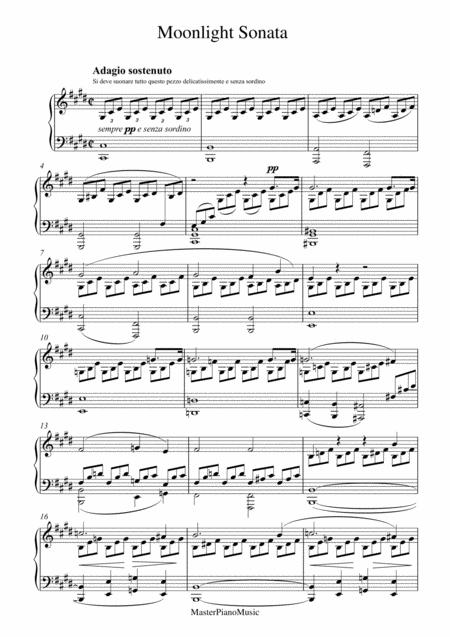

74 the String Quartet in F minor, “serioso,” Op. 56 string quartets (the Razumovsky quartets, Op. 37, 58, 73) the Violin Concerto in D major, Op.

Written during this phase are Symphonies Nos. 55: they are characterized by enhanced structural development as well as by the use of Baroque techniques and models from other genres.įrenzy of creativity these years are dubbed Beethoven’s “heroic period”. 31 (including the Tempest Sonata) the piano variations, Op. 19.Ĭrisis brought on by incipient hearing loss, documented in the “Heiligenstadt Testament.” Thereafter he begins, by his own admission, a “New Path” in his compositions, reflected particularly in the piano sonatas, Op. 27, “quasi una fantasia,” including the Moonlight Sonata, Op. Piano Sonata in C Minor, “Pathétique,” Op. 2) already bear the hallmark of his compositional style: a forward-advancing, spirited, process-related character.Ĭoncert tours to Prague, Berlin, Leipzig, and Dresden, which cement his fame. His first works printed in Vienna (among them the piano sonatas, Op. Great demand for his compositions from publishing houses: chamber music and piano sonatas from the Bonn and early Viennese years are issued. As a pupil of Joseph Haydn, he achieves extraordinary recognition among the Viennese nobility and receives financial support. Count von Waldstein sends him on his way with the famous words: “With steady diligence you will receive Mozart’s spirit from Haydn's hands.” In Vienna he studies with Haydn, Albrechtsberger, Schuppanzigh, and Salieri. He travels a second time to Vienna, where he will remain until the end of his life. After a short while he must return home to his mother, who is ill with tuberculosis. Here he very likely meets Mozart, who probably gives him some lessons. Harpsichordist in the court chapel 1784 assistant to the court organist. First publication: Piano Variations in C minor on a March by Dressler, WoO 63. Musical training with the deputy court organist Christian Gottlob Neefe, who in 1783 presented him in Cramer’s “Magazin der Musik” as a second Mozart.Īcquaintance with the Breuning family, where his literary interest is aroused. First musical instruction from his father. 1770īaptized in Bonn on December 17, thus probably born on December 16, the son of Johann van Beethoven, a tenor in the court chapel of the prince-elector.

The extraordinarily high standard of his music and his relative independence as a freelance composer have led to his being characterized as the greatest composer of all time. His instrumental music, especially his symphonies, served as touchstones for symphonic composition throughout the nineteenth century.
MOONLIGHT SONATA HOW TO
COVID-19 Portal While this global health crisis continues to evolve, it can be useful to look to past pandemics to better understand how to respond today.Student Portal Britannica is the ultimate student resource for key school subjects like history, government, literature, and more.This Time in History In these videos, find out what happened this month (or any month!) in history.#WTFact Videos In #WTFact Britannica shares some of the most bizarre facts we can find.Demystified Videos In Demystified, Britannica has all the answers to your burning questions.

Britannica Explains In these videos, Britannica explains a variety of topics and answers frequently asked questions.Britannica Classics Check out these retro videos from Encyclopedia Britannica’s archives.


 0 kommentar(er)
0 kommentar(er)
